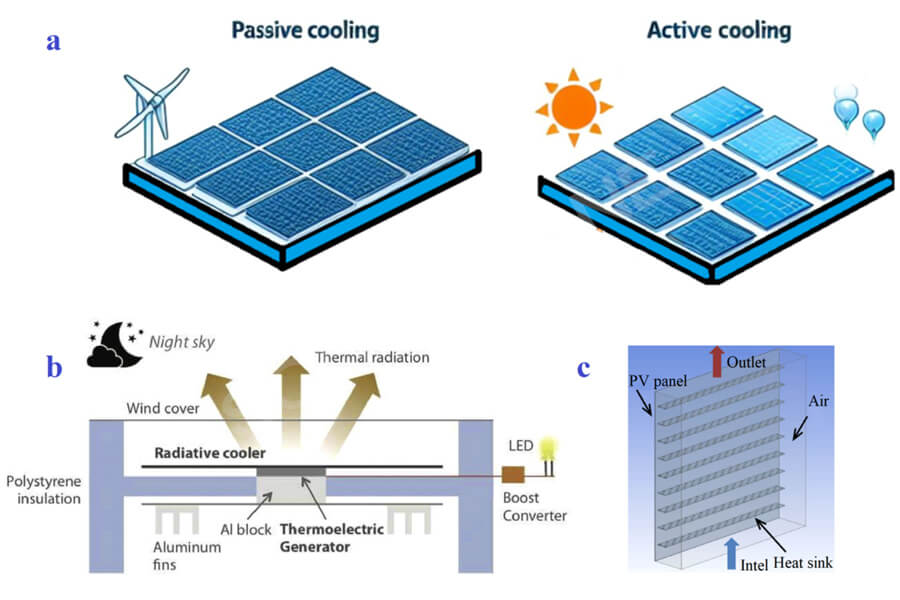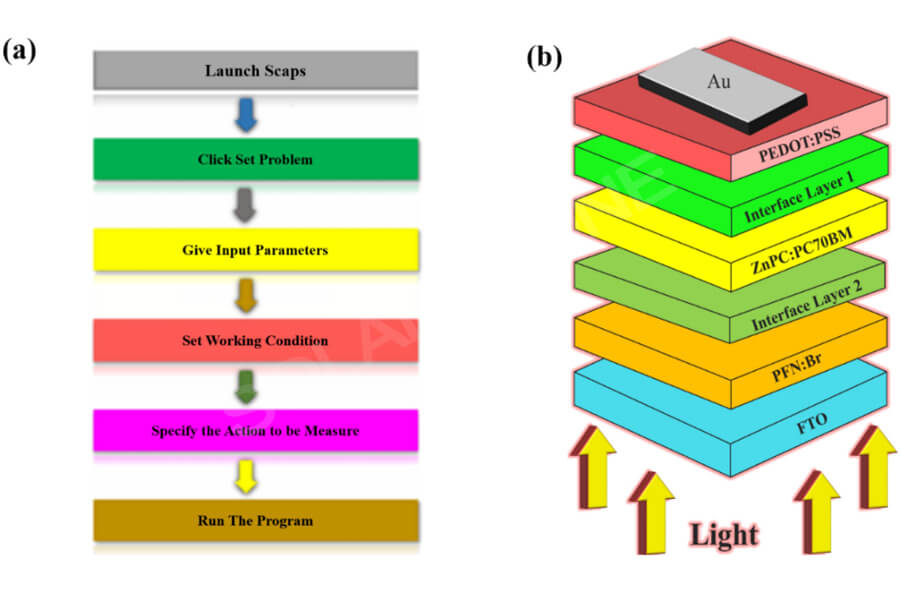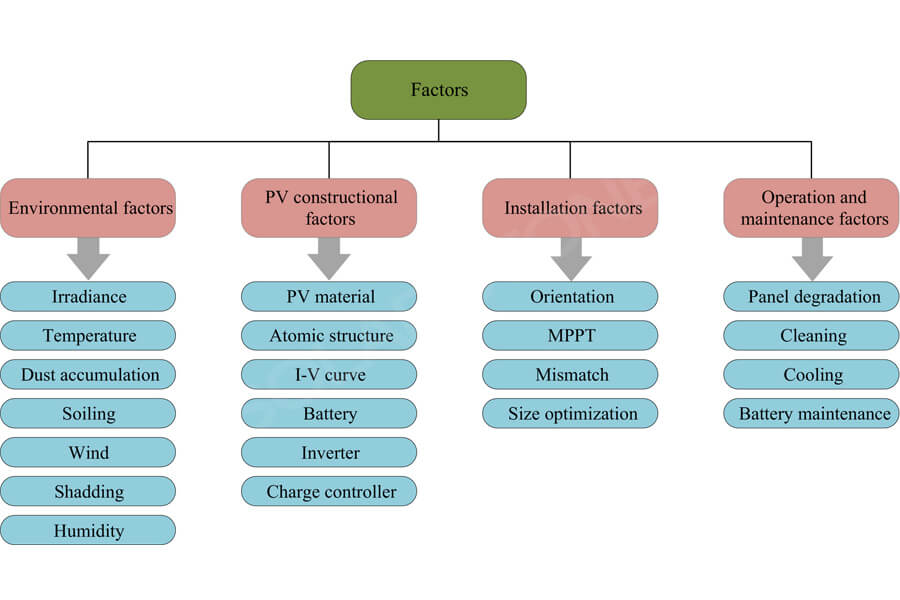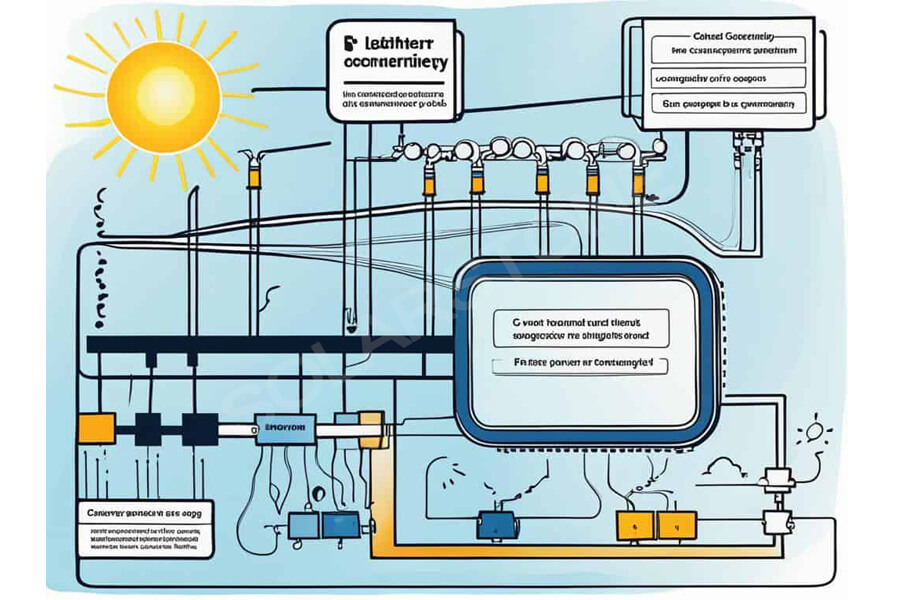In the performance parameters of solar cells, many resistance factors such as series resistance, parallel resistance, and line resistance can have a significant impact on the performance of solar cells, thereby affecting their normal use in production.
In order to ensure that its numerous resistance parameters are within the threshold range of production standards, solar cell manufacturers usually use scientific solar cell performance testing equipment to provide effective protection after production is completed.
The Influence of Series Resistance on Solar Cells
When the series resistance increases, the short-circuit current of the solar cell will decrease because the current passing through the resistance will generate a voltage drop, resulting in a decrease in the effective voltage of the solar cell, thereby reducing the photoelectric conversion rate of the solar cell.
At the same time, increasing the series resistance will also reduce the fill factor of the solar cell, because the fill factor is the ratio of the maximum output power of the solar cell to the ideal output power, and the ideal output power is the output power assuming that the solar cell has no internal resistance.
Therefore, the larger the series resistance, the greater the difference between the ideal output power and the maximum output power, and the smaller the fill factor. The fill factor is an important parameter for evaluating the output characteristics of solar cells, which directly determines the output power of the solar cell. Therefore, the smaller the series resistance, the larger the fill factor, and the higher the output power.
Important factors affecting the resistance of solar cell lines
The size of the line resistance is influenced by factors such as the structure, material, and process of the solar cell. The thickness, doping concentration, and density of square resistance defects of the silicon wafer all affect the size of the substrate resistance of the silicon wafer;
The width, height, shape, material, etc. of the gate line will affect the magnitude of the gate line resistance; The thickness, material, and contact area of the electrode all affect the magnitude of the electrode resistance;
The cleanliness, surface passivation, and welding quality of solar cells can all affect the magnitude of contact resistance. Therefore, in order to reduce line resistance and improve the performance of solar cells, it is necessary to optimize the structural design of solar cells, select suitable materials, control process parameters, and ensure product quality.
The Influence of Parallel Resistance on Solar Cells
In addition to series resistance, solar cells also have parallel resistance, which is caused by the imperfect P-N junction or impurities near the junction, resulting in short circuit or leakage resistance. Parallel resistance reflects the leakage level of solar cells, which can affect the open circuit voltage of solar cells, but has little effect on short-circuit current.
When the parallel resistance decreases, the open circuit voltage will decrease because the leakage current will increase, resulting in a decrease in the effective voltage of the solar cell, thereby reducing the photovoltaic conversion rate of the solar cell.
At the same time, reducing parallel resistance will also lower the fill factor of solar cells, as parallel resistance affects the maximum power point of solar cells, causing them to deviate from the ideal maximum power point. Therefore, the smaller the parallel resistance, the greater the difference between the maximum power point and the ideal maximum power point, and the smaller the fill factor.
Therefore, in order to reduce parallel resistance and improve the performance of solar cells, it is necessary to reduce the influence of imperfect P-N junctions or impurities in solar cells, improve the junction quality of solar cells, and reduce leakage phenomena.






